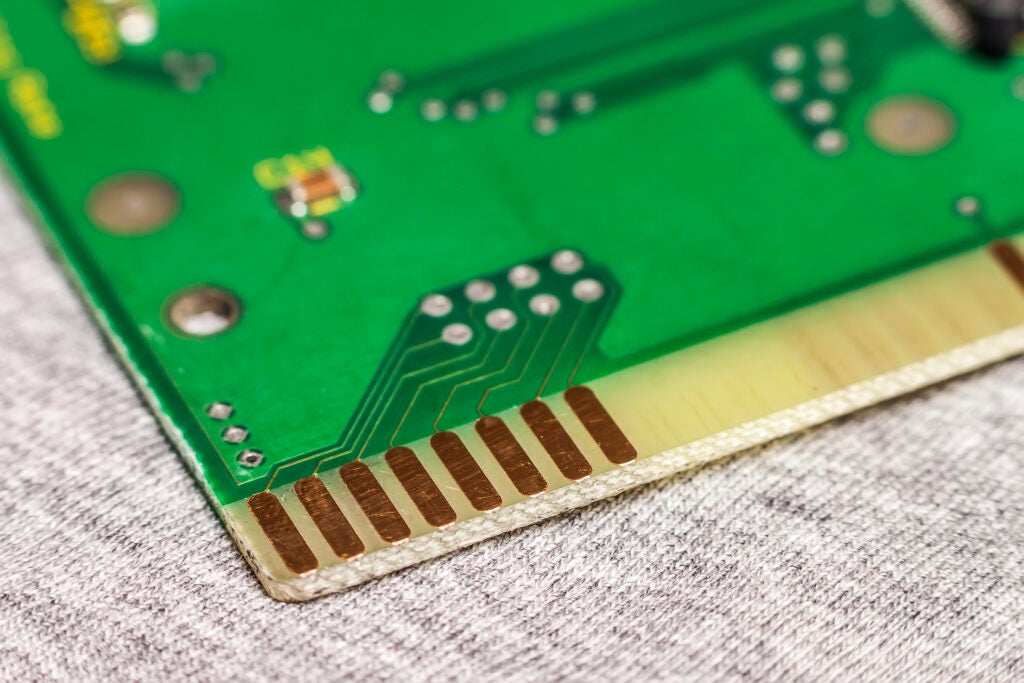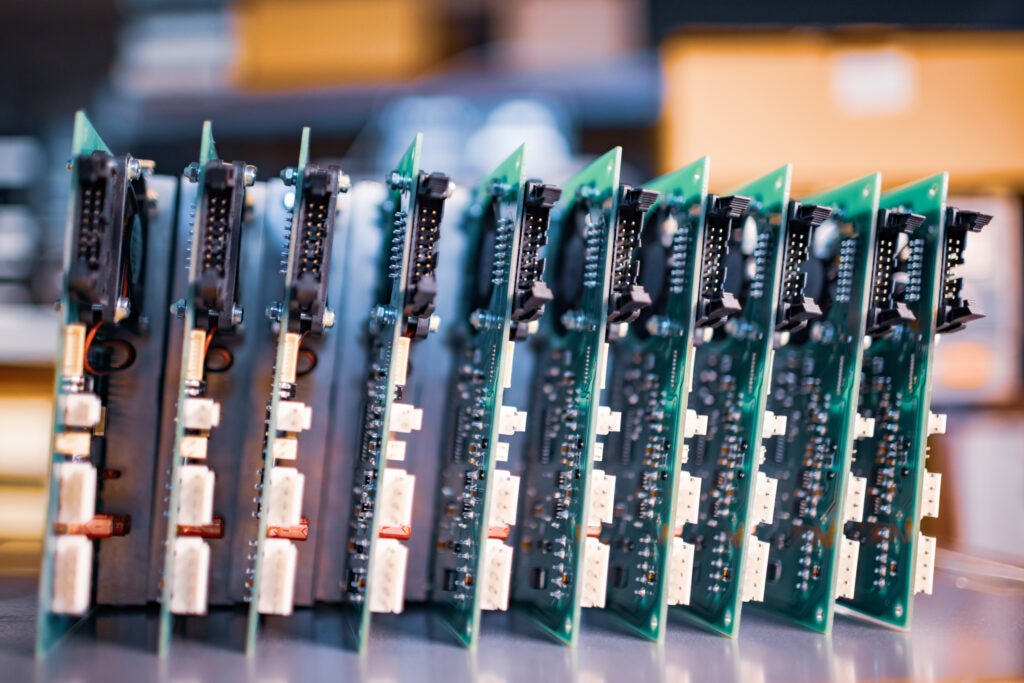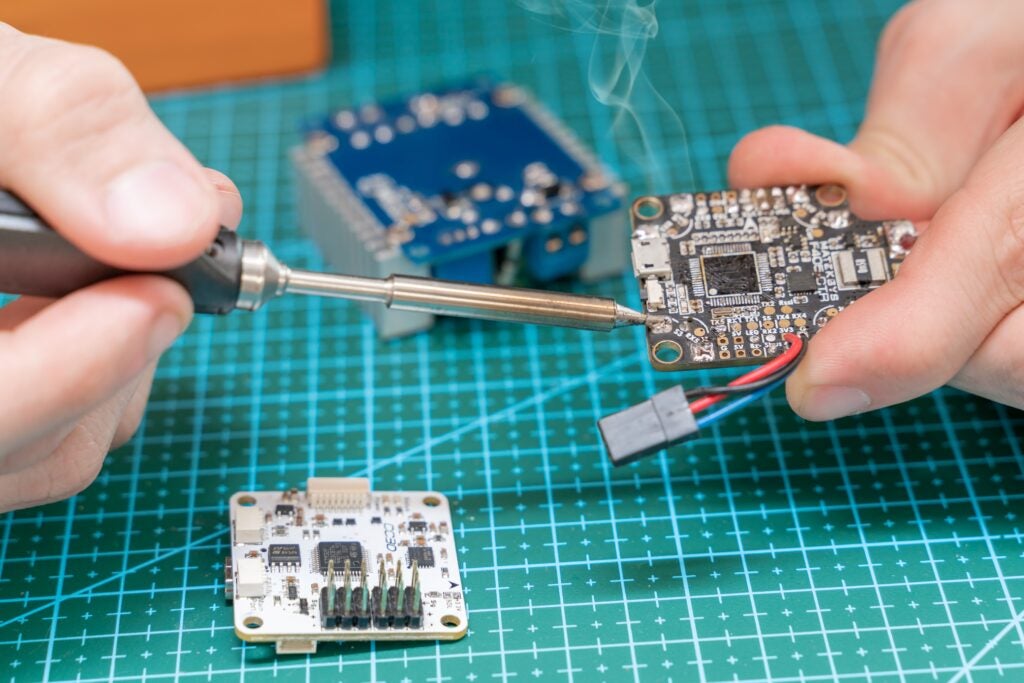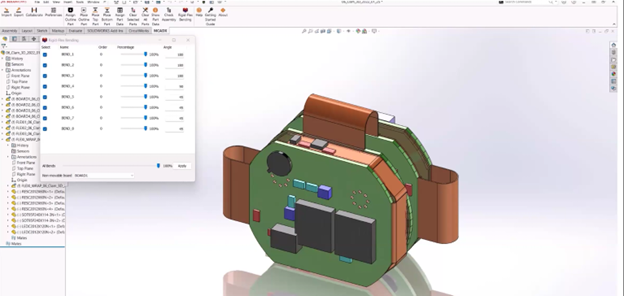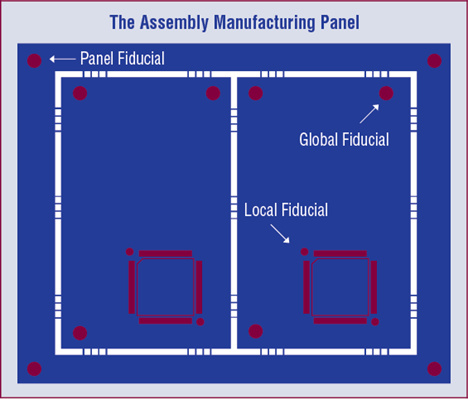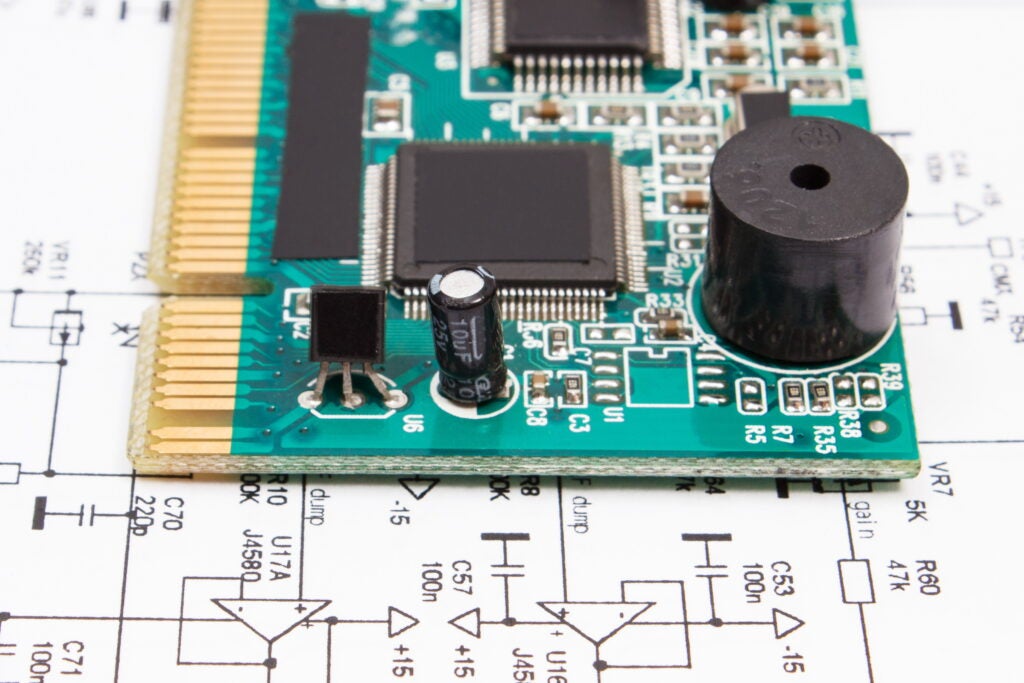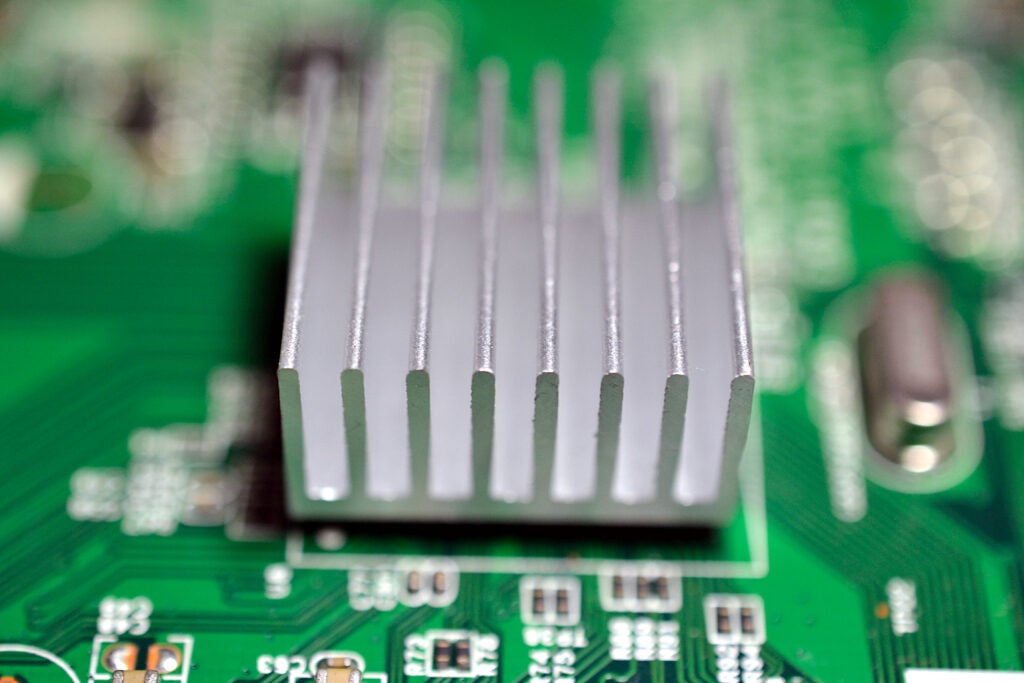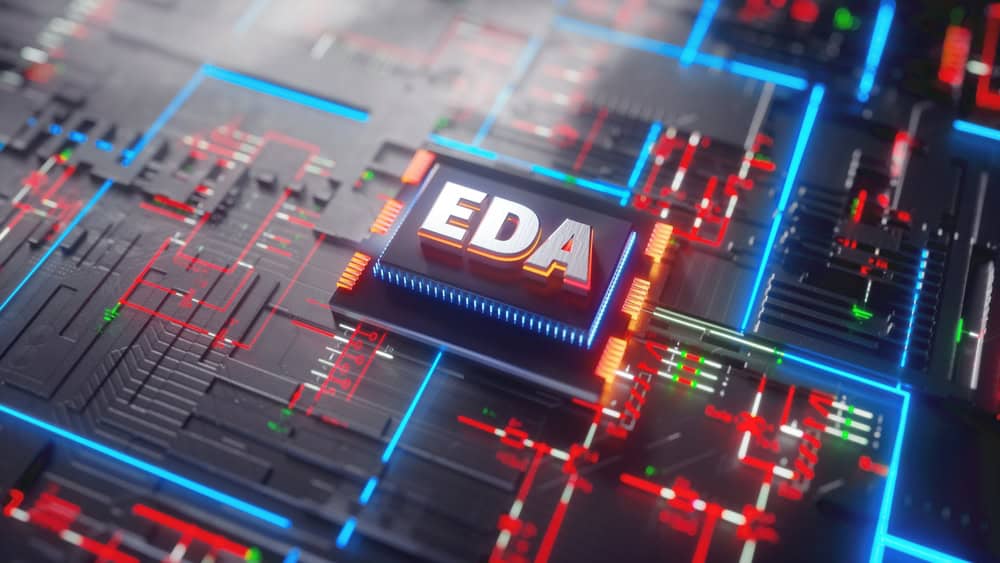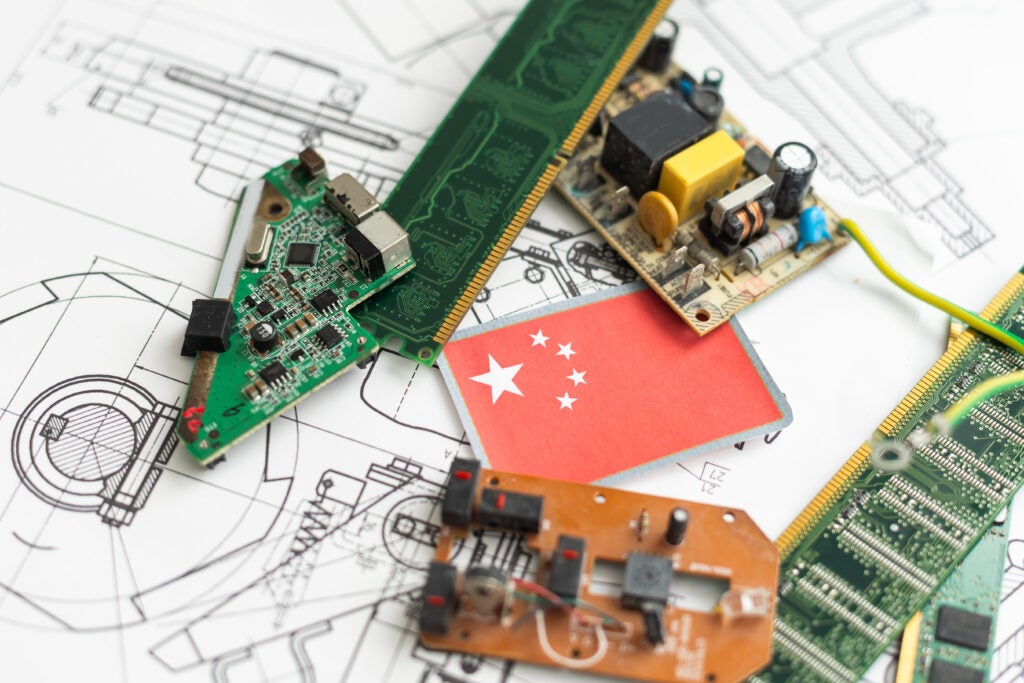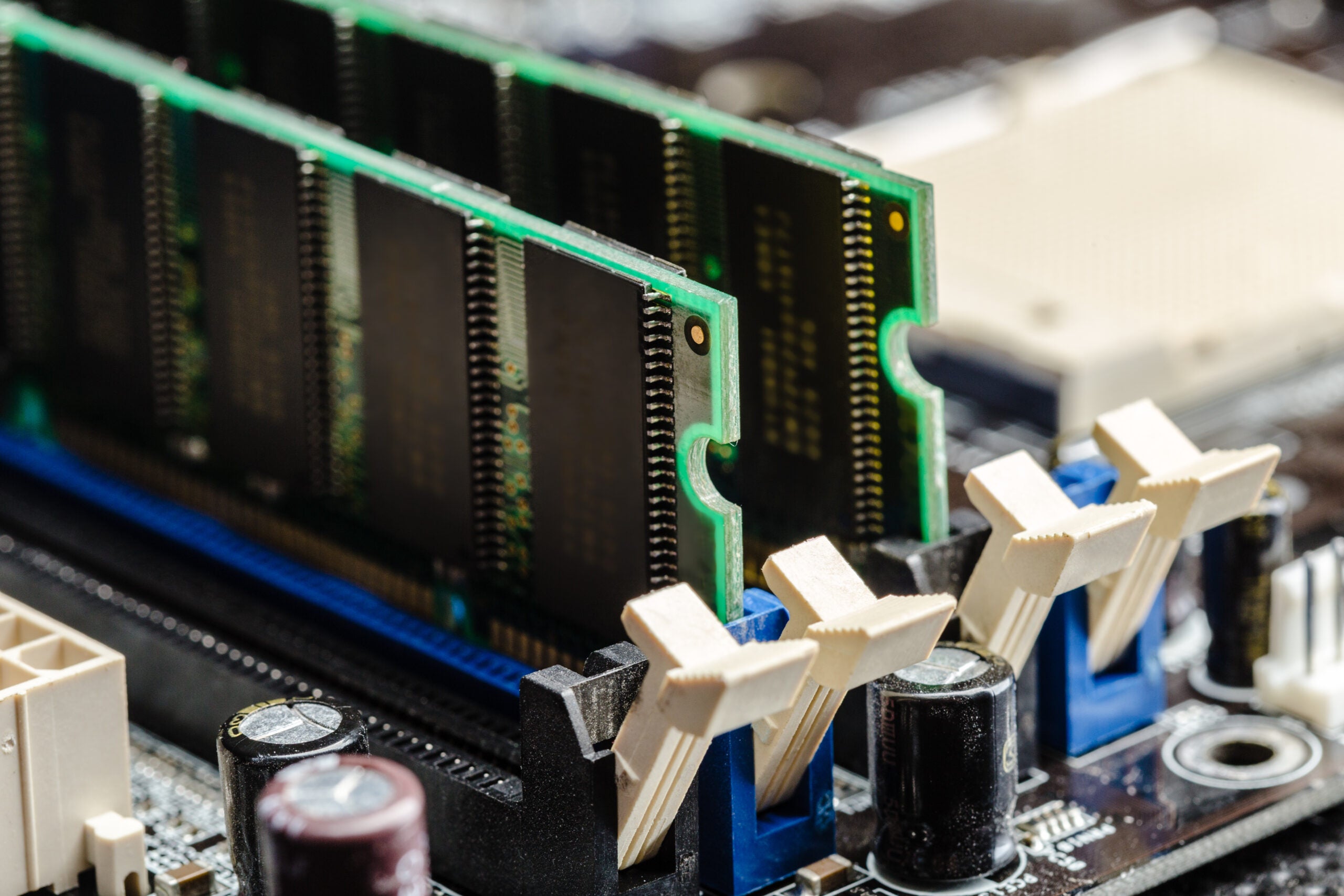
DDR routing guidelines are critical for achieving reliable signal integrity and optimal performance in modern PCB designs. With DDR4 and DDR5 memory interfaces operating at increasingly higher speeds, proper routing techniques have become essential for preventing timing violations, signal degradation, and compliance failures that can compromise system reliability. Understanding and implementing proper DDR routing practices directly impacts your board’s ability to meet JEDEC specifications, achieve target performance metrics, and pass validation testing on the first spin.
The Best DDR Routing Guidelines
DDR is the most implemented memory for a wide range of applications, including computing and networking platforms, as well as embedded systems. However, it is critical that your DDR interface and routing design adhere to stringent compliance requirements. Important guidelines to achieve this mandate include the following:
| Essential DDR Routing Guidelines For Standard Compliance | ||||
| Guideline | DDR4 Requirements | DDR5 Requirements | Description | Why It's Important |
| Trace Length Matching | ±10 mil within byte groups | ±5 mil within byte groups | Match trace lengths to synchronize signal arrival times | Prevents timing skew that causes data corruption and read/write errors |
| Impedance Control | 50Ω ±10% single-ended, 90-100Ω differential | 50Ω ±5% single-ended, 90-100Ω differential | Maintain consistent characteristic impedance | Reduces reflections and ensures proper signal termination |
| Via Optimization | Standard via acceptable | Micro-vias preferred, minimize layer transitions | Use the smallest possible vias and minimize transitions | Reduces inductance and signal distortion at high frequencies |
| Reference Plane Continuity | Solid ground planes under signals | Continuous reference planes mandatory | Ensure unbroken ground/power planes beneath traces | Provides a stable return path and reduces EMI |
| Differential Pair Routing | 100-110Ω impedance, <5 mil spacing variation | 90-100Ω impedance, <3 mil spacing variation | Route differential pairs with controlled spacing | Maintains signal integrity and reduces crosstalk |
| Clock Signal Isolation | 3x trace spacing from data signals | 5x trace spacing from data signals | Isolate clock traces from data signals | Prevents clock jitter from affecting data signals |
| Ground Via Placement | Every 100-200 mils on signal layers | Every 50-100 mils on signal layers | Strategic ground via placement near signals | Provides low-impedance return paths |
| Crosstalk Management | 3W trace-to-trace spacing | 5W trace-to-trace spacing minimum | Maintain adequate spacing between parallel traces | Reduces coupling noise between adjacent signals |
| Layer Stack Optimization | Signals adjacent to ground planes | Signals sandwiched between planes | Route high-speed signals next to reference planes | Improves impedance control and signal quality |
| Termination Placement | Series/parallel termination as needed | On-die termination (ODT) integration | Implement proper termination strategies | Eliminates reflections and signal overshoot |
| Trace Width Control | 4-6 mil trace width typical | 3-5 mil trace width for tighter routing | Use appropriate trace widths for impedance targets | Achieves desired impedance while managing current capacity |
| Power Distribution | Clean power delivery to memory | Enhanced power integrity for DDR5 | Ensure a stable power supply to memory devices | Prevents power noise from affecting signal integrity |
| Component Placement | Memory devices close to the controller | Minimized trace lengths, optimized placement | Strategic component positioning for short traces | Reduces propagation delays and signal loss |
| Signal Grouping | Group by function (address, data, control) | Enhanced grouping with tighter constraints | Route related signals together | Simplifies length matching and reduces design complexity |
| Manufacturing Tolerances | ±1 mil trace width control | ±0.5 mil trace width control required | Account for fabrication variations | Ensures consistent impedance across production |
| Simulation Validation | Basic SI/PI analysis is sufficient | Advanced simulation mandatory | Verify design with EM simulation | Identifies potential issues before fabrication |
Adhering to DDR Routing Industry Standards
All DDR routing must ultimately satisfy JEDEC specifications to ensure compatibility and reliability. These standards define not just electrical requirements but also specific testing methodologies and compliance criteria that your design must meet. Understanding JEDEC requirements early in the design process and using the best simulation tools will help guide routing decisions and ensure that your final implementation will pass validation testing.
Simulation and Verification Requirements
Modern DDR routing verification requires instituting comprehensive simulation techniques as defined and illustrated in EMA’s DDR PCB Layout Guidelines eBook. Pre-layout simulation helps validate stackup decisions and routing strategies, while post-layout verification ensures the completed design meets all timing and signal integrity requirements before fabrication. Eye diagram analysis, S-parameter extraction, and timing margin analysis are essential components of the verification process.
Successfully routing DDR4 and DDR5 interfaces that adhere to industry standards requires careful attention to timing, impedance control, and signal integrity principles. The guidelines outlined in this article provide the essential foundation for reliable DDR implementations, but each design presents unique challenges that may require additional considerations and analysis. Following proven DDR routing guidelines while leveraging comprehensive simulation and verification tools ensures your design will meet performance requirements and pass validation testing on the first iteration, reducing development time and costs.
